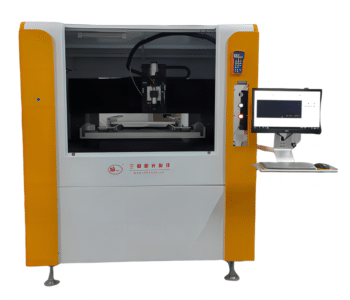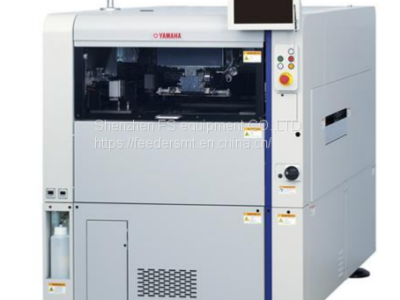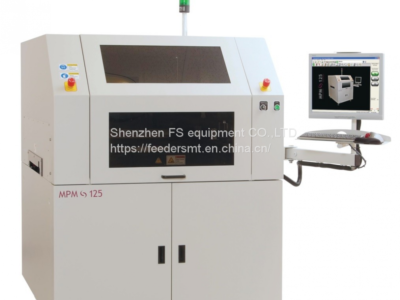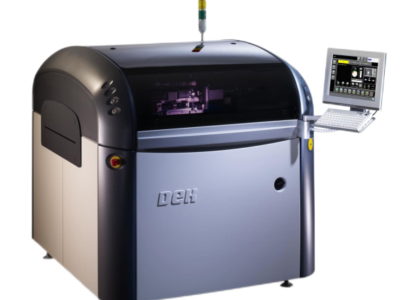| Numéro de modèle: |
Imprimante de pâte à souder YCP10 |
| Applicable PCB: |
L510 x L460mm à
L50 x 50 mm |
| Tête d’impression: |
Raclette simple pivotante |
| Précision d’impression: |
5 μm [(3σ)±0,005 millimètre |
| Source d’alimentation en air: |
0.45Mpa |
| Maille d’acier: |
736mm×736mm... |
| Taille(L*W*H)mm: |
1,130 x 1,760 x 1,370 |
| Poids: |
1,100Kg |
|
|
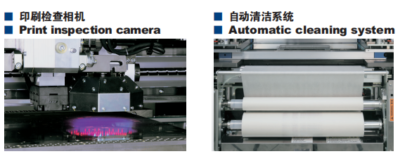 Fonctionnalités
Fonctionnalités
. Les 3S uniques de Yamaha Motor (Raclette simple pivotante) tête
– L’angle d’attaque et la vitesse de la raclette peuvent être réglés par les utilisateurs grâce à l’utilisation de servomoteurs. Une capacité de remplissage et une qualité élevées peuvent être maintenues en programmant la tête en fonction de la soudure. Pochoir et circuit imprimé utilisés.
– La raclette unique empêche la moitié de l’excès de soudure de coller à la tête, économisant ainsi l’utilisation de pâte à souder. Il est également facile à entretenir et à effectuer des changements de produits.
. Compatible avec les grandes cartes de circuits imprimés et une grande variété de tailles de cadres de pochoir
– L’YCP10 a été conçu pour traiter des circuits imprimés L510 mm x L460 mm, ce qui permet à son tour de traiter différents types de cartes de circuits imprimés, y compris les planches d’assemblage, grandes planches à cristaux liquides, et grandes planches industrielles.
– Il est également conçu pour être très polyvalent car il est non seulement compatible avec un cadre de pochoir de taille mondiale en pouces (L736xl736: 29 Pouces), mais s’adresse également à une variété de tailles de pochoirs, y compris un cadre de pochoir de taille M; Les changements de taille peuvent être effectués instantanément.
. Mécanisme d’aspiration de pochoir traditionnel en équipement standard
Un mécanisme d’aspiration de pochoir, qui figurait dans certaines de nos premières imprimantes, rend les procédures de saisie offset redondantes lors de l’impression réciproque. Cela permet non seulement de réduire considérablement le temps de changement, mais permet également une impression stable et de haute précision sans être affectée par la déviation du pochoir.
. Performances d’impression de haute précision grâce au système unique de compensation de précision multiple de Yamaha Motor et au mécanisme d’aspiration du pochoir
. Environ 12% Plus rapide que le modèle actuel
La réduction du temps d’amortissement et l’optimisation de la séquence de mouvement grâce au transfert du servomoteur permettent d’obtenir un temps de tact d’impression de 13.5 Secondes (impression normale dans des conditions optimales réglées par Yamaha Motor), une amélioration d’environ 12% par rapport au modèle actuel.















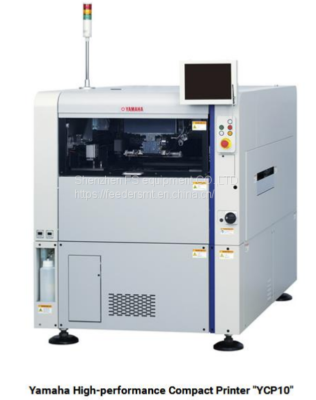
 Fonctionnalités
Fonctionnalités